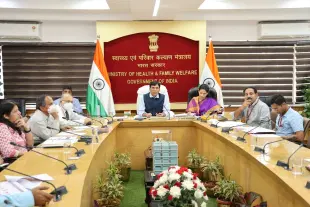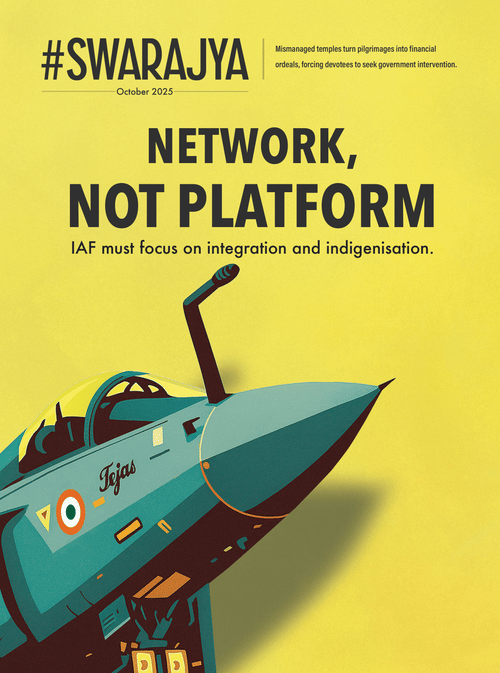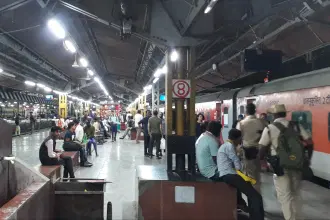News Brief
Union Health Ministry Revises CGHS Rates For First Time In A Decade; New Structure Effective From 13 October
Arjun Brij
Oct 06, 2025, 02:21 PM | Updated 02:21 PM IST
Save & read from anywhere!
Bookmark stories for easy access on any device or the Swarajya app.


In a significant overhaul nearly a decade in the making, the Union Health Ministry has revised rates for around 2,000 medical procedures under the Central Government Health Services (CGHS) scheme.
The new rate structure, which comes into force from 13 October, marks the first major update since 2014.
The revised framework introduces a multi-dimensional rate system based on four parameters — accreditation status, type of hospital, city classification, and ward entitlement.
This marks a departure from the earlier one-dimensional structure that primarily distinguished between NABH (National Accreditation Board for Hospitals) and non-NABH accredited institutions.
Officials said the update aims to address long-standing concerns of both patients and hospitals.
Many CGHS beneficiaries had complained that empanelled hospitals often declined cashless treatment, forcing them to pay upfront and wait for months for reimbursement.
Hospitals, on the other hand, argued that government-set rates had not kept pace with medical inflation.
According to the new structure, semi-private rooms will serve as the base for package rates. Patients entitled to general wards will pay 5 per cent less, while those eligible for private wards will see a 5 per cent increase.
Consultations in non-accredited hospitals will cost 15 per cent less than accredited ones, while rates in super-speciality hospitals will be 15 per cent higher.
City classification has also been factored in: Tier-II and Tier-III cities will have rates 10 per cent and 20 per cent lower, respectively, than Tier-I cities.
However, procedures such as radiotherapy, investigations, and minor day-care treatments will retain uniform rates nationwide.
The CGHS, which primarily serves central government employees, pensioners, and their dependents, currently covers over 4.26 million beneficiaries across 80 cities in India.
Please click here to add Swarajya as your preferred and trusted news source on Google
Also Read: Jaipur Hospital Fire Claims Eight Lives In SMS Trauma Centre ICU, PM Offers Condolences
Arjun Brij is an Editorial Associate at Swarajya. He tweets at @arjun_brij





